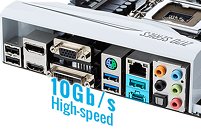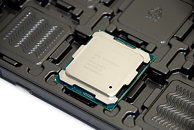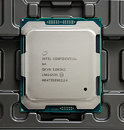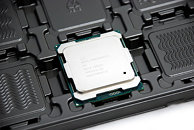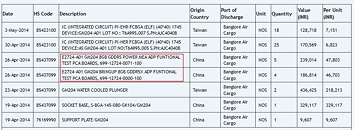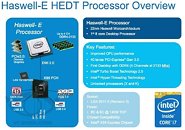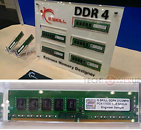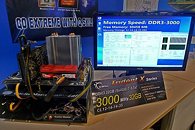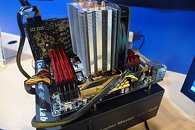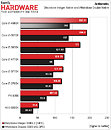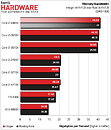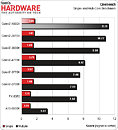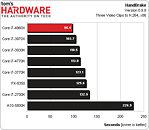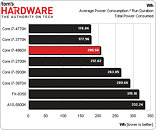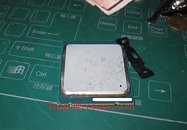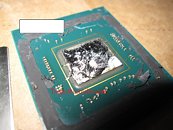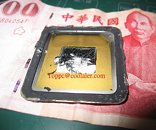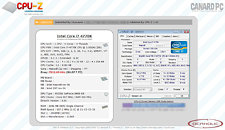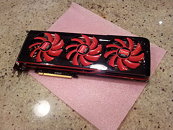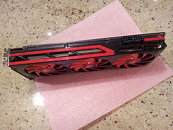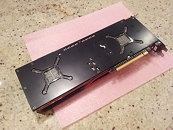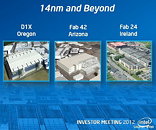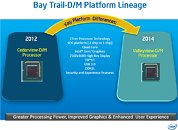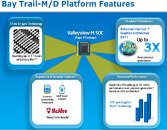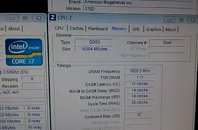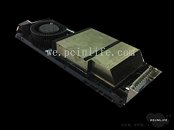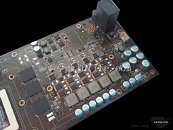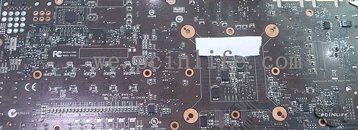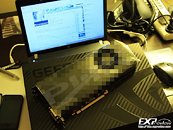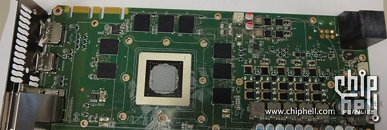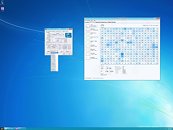
AMD "Zen" Processor Integrated Chipset Has USB 3.1 Issues, Could Escalate Costs
With its next-generation processors and APUs based on the "Zen" micro-architecture, AMD is integrating the chipset into the processor/APU die, making motherboards entirely chipset-free. This on-die chipset, however, is rumored to be facing issues with its integrated USB 3.1 controllers, according to industry sources. AMD sourced the design for the integrated USB 3.1 controllers from ASMedia. The company has a tendency of sourcing integrated controller IP from third-party manufacturers (eg: its SATA controllers and port-multipliers in the past have been sourced from Silicon Image).
Motherboard manufacturers are noticing significant drops in USB 3.1 bandwidths with increase in circuit distances (think wiring running from the AM4 socket to USB 3.1 front-panel headers on the bottom-right corner of a motherboard). Board designers are reportedly having to use additional retimer and redriver chips to get acceptable bandwidths over such ports, and in some cases even entire USB 3.1 controllers, eating into the platform's PCIe budget and escalating costs.
Motherboard manufacturers are noticing significant drops in USB 3.1 bandwidths with increase in circuit distances (think wiring running from the AM4 socket to USB 3.1 front-panel headers on the bottom-right corner of a motherboard). Board designers are reportedly having to use additional retimer and redriver chips to get acceptable bandwidths over such ports, and in some cases even entire USB 3.1 controllers, eating into the platform's PCIe budget and escalating costs.
